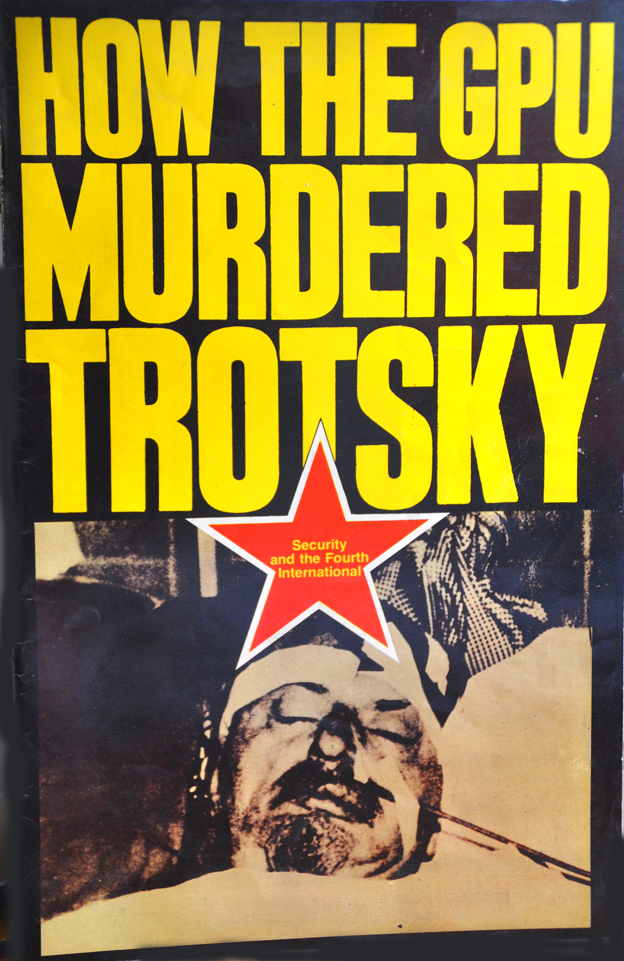BY ALEX MITCHELL
GRAPHIC designer, photographer, collector and writer David King dedicated most of his adult life to celebrating the Russian Revolution of 1917.
He produced books, curated exhibitions and organised seminars to present the Bolshevik-led revolution with primary-sourced accuracy and captivating images.
While bourgeois art moved inexorably towards commercialism, the cult of celebrity and modish post-modern fantasia, King remained loyal to art as a reflection of history and a product of bold imagination.
When we both worked at the London Sunday Times in the 1960s, King was a prodigious designer on the ST Colour Magazine. His chief colleague was Roger Law, later famous for his satirical Spitting Image TV series which used puppets to lampoon mercilessly the royal family, politicians, world leaders and celebrities.
Together they are credited with convention-breaking designs and remaking the presentation of magazine journalism.
When I began attending Friday night “classes” conducted by Gerry Healy, then general secretary of the Socialist Labor League, I took along David King and a ST Colour Magazine senior writer Francis Wyndham.
Healy was a mesmerising speaker and a powerful educator and, to one degree or another, we all fell under his spell. I joined the editorial board of the SLL’s daily newspaper, Workers Press, on 1 May 1971, while King and Wyndham co-authored a book on Trotsky which has become a collectors’ item after several reprints.
In 1972 Healy conducted one of the launches of the book, Trotsky: A Documentary, and his name is listed in the authors’ Acknowledgements. Wyndham appeared at SLL public meetings to speak about the book and answer questions.
King, Wyndham, Law and another ST Colour Magazine designer, Andy Dark, attended major public events organised by the SLL and its successor, the Workers Revolutionary Party.
In 1975 the International Committee of the Fourth International, the world organisation to which our British party was affiliated, launched an inquiry into Trotsky’s assassination by a Stalinist agent in Mexico in 1940. The research into Security and the Fourth International, conducted in the UK, Europe, the US and Mexico, resulted in a book called How the GPU Murdered Trotsky designed in quite spectacular fashion by King.
Over the next two decades, King devoted himself to collecting photographs, letters, books, posters, stamps, coins and other memorabilia from the Russian Revolution. In the end, he had lovingly rescued more than a quarter of a million items for posterity. (His collection is now with the Tate Museum).
His selfless work climaxed in the production of Red Star Over Russia: A Visual History of the Soviet Union from 1917 to the death of Stalin. The work is a masterpiece, recognised all over the world as the most comprehensive illustrated history of the Soviet Union ever published.
For me, one of King’s greatest works is The Commissar Vanishes: The Falsification of Photographs and Art in Stalin’s Russia, published in 1997 to critical acclaim. Photo collections, some in the hands of the SLL and its historical archivist Tony Banda, provided King with the inspiration to expose the way Stalin air-brushed Trotsky and leading Bolsheviks from “official” Soviet history.
His project followed a visit to a Moscow museum where he noticed Trotsky’s name wasn’t mentioned and his image wasn’t on display although he was Lenin’s co-leader and founder of the Red Army. “No Trodsky,” the guide growled. “Trodsky nod impordant.”
Along the way, King had other obsessions. One was Cassius Clay/ Mohamed Ali, who died a few weeks after King. I Am King, his photographic biography of the world boxing champion published in 1975 was a triumph. Ali himself said it was the best book ever published about him.
King never joined the SLL, the WRP or any other party. “I’m just not a party man,” he would say. And he wasn’t. Healy understood this better than any of his contemporaries in the Trotskyist movement. He was devoted to building a “periphery” among the best writers, artists, film makers, cinematographers and editors of their generation.
Whereas some wanted the “periphery” to become activists or milch cows, Healy recognised their limitations while respecting any contribution they could make.
When King’s highly individualistic typography began to decorate banners and badges of the revisionist-led Anti-Nazi League, I think that he was unfairly excoriated. But that’s all water under the bridge now ….
King was born in Isleworth, Middlesex. His father was a bank manager. His background reads like an identikit of petty bourgeois life in the Home Counties. Yet he became a living example of how the materiality of working-class history influences the unlikeliest people from every strata of society from countries around the world.
King was attracted to two giants of the 20th century – Trotsky and Muhammad Ali, one a Jewish-born Russian Marxist and the other a black African American boxer universally beloved for his courage. What do we make of it? The class struggle is international and it moves in mysterious but immutable ways.
• Alex Mitchell is a former editor of Workers Press and its successor News Line.
His book, Come The Revolution: A Memoir, was published in 2011. He now lives in Australia where he was born.
